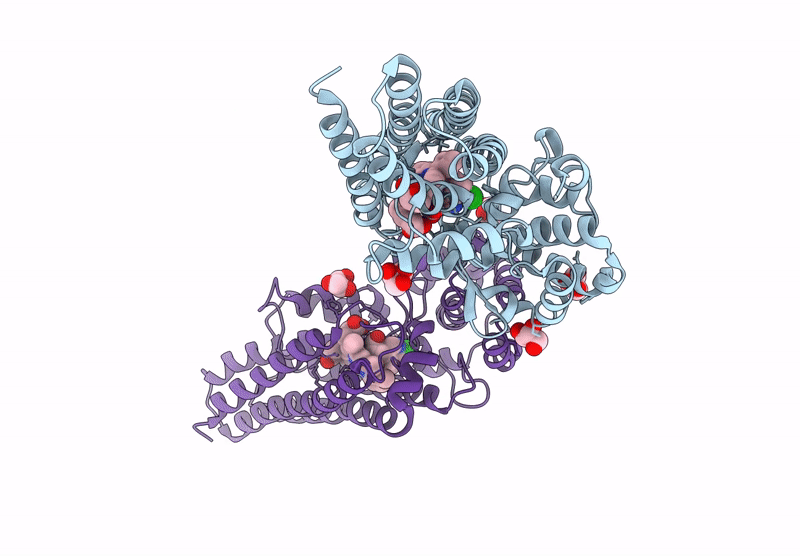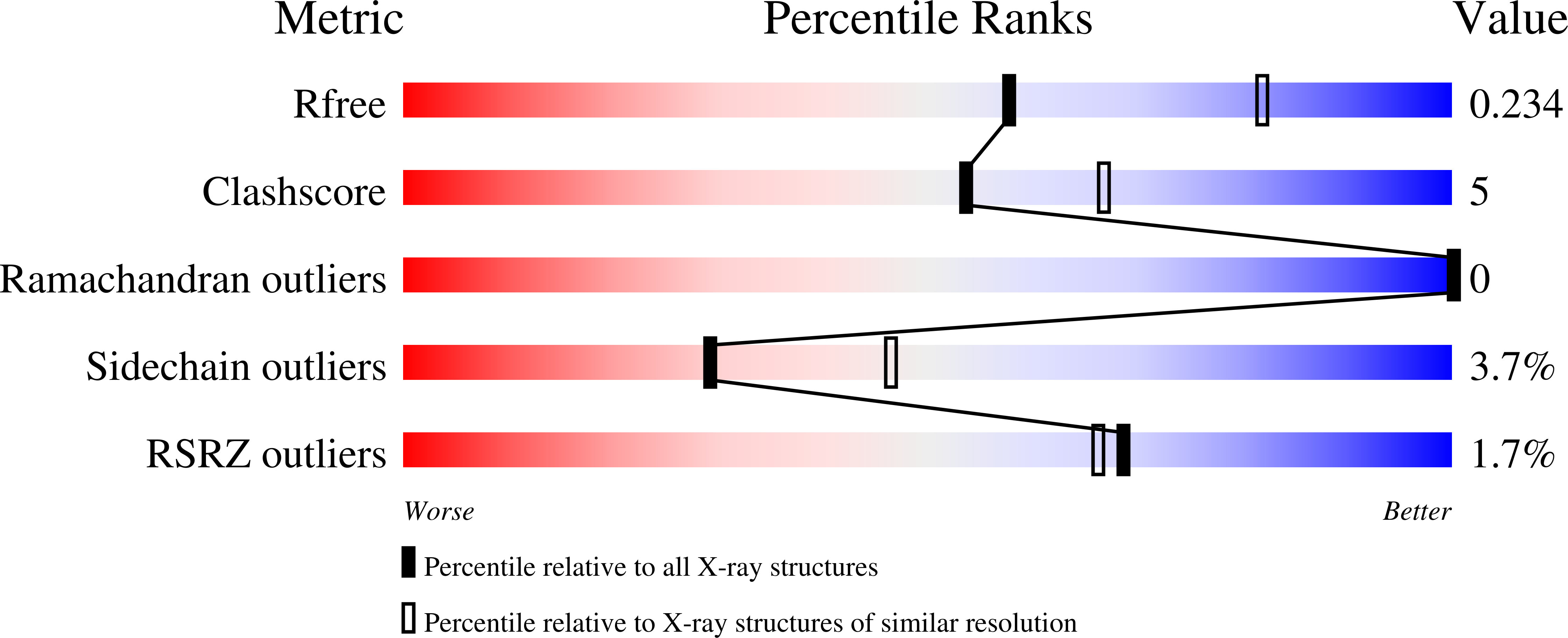
Deposition Date
2024-08-30
Release Date
2025-04-16
Last Version Date
2025-04-16
Entry Detail
Biological Source:
Source Organism:
Flavobacteriales bacterium (Taxon ID: 2021391)
Host Organism:
Method Details:
Experimental Method:
Resolution:
2.42 Å
R-Value Free:
0.23
R-Value Work:
0.18
R-Value Observed:
0.18
Space Group:
C 1 2 1


